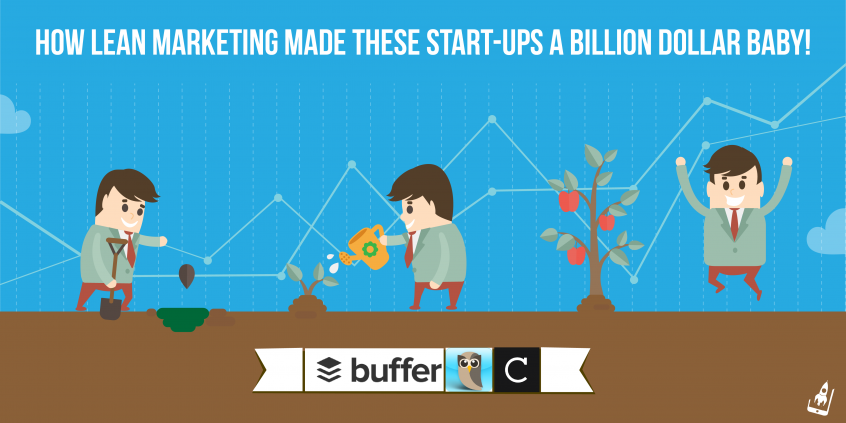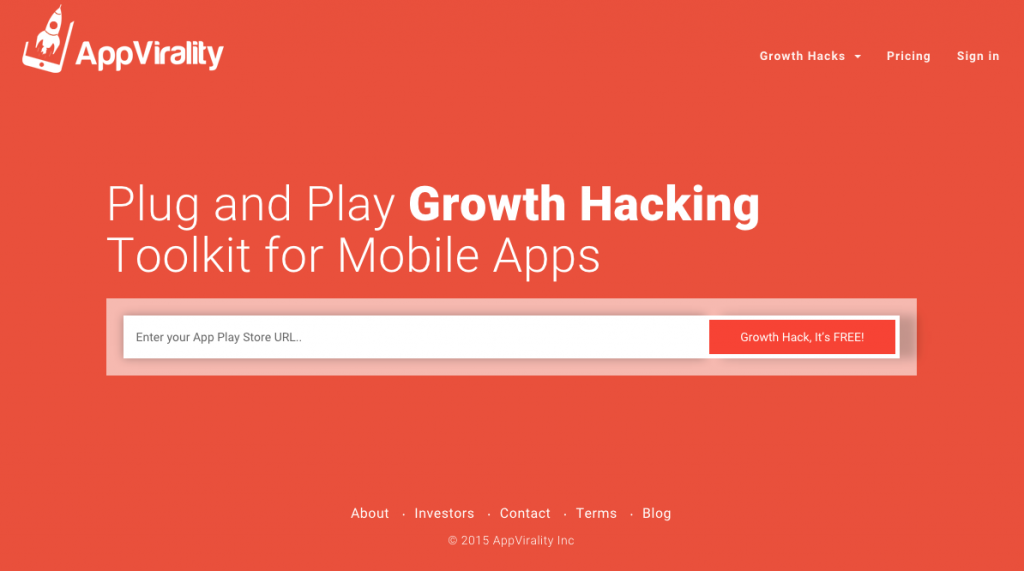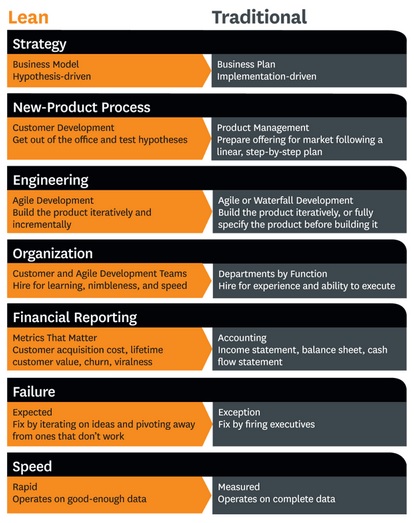Every start-up faces the initial challenge of acquiring new customers to use their product. For a lot of entrepreneurs, this may get tricky for three reasons. Firstly, it’s often a hit and miss proposition. The prospective customers are usually not aware of the product in the absence of poor marketing, given the shortage of funds in the initial days. Secondly, the product may not have hit the right cord with the audience at the first go (a buggy app, for example) and lastly the developers couldn’t improve the product in the absence of valuable customer feedback.
Can you envision such a scenario? Most early stage entrepreneurs can.
The above mentioned options may lead to a steady decline in the sales of the product and pose a huge risk, especially when they concern bootstrapped ventures. Not only would a failure kill them financially, it would also result in an emotional setback, which of course, is a topic for another day.
Although the initial blueprint of the business may have look valued, in practicality it does not succeed.
While there are always ways to prevent this debacle, a few new age entrepreneurs banked on the benefits of lean marketing principles and effectively twined it as a part of their growth strategy thereby leading them to create a billion dollar venture.
What Is Lean Marketing?
Lean marketing may seem like the new jargon on the block. However, it has been here for a while. The brainchild of Eric Ries, the ‘The Lean Startup’ puts forth a methodology that can be adopted by most entrepreneurs. In a nutshell, lean marketing favours the following >
• Validating learning and being able to judge the needs of early customers.
• Identifying the minimum viable product (MVP) and being agile around it.
• Value, experimentation over planning.
• Testing and metrics are vital to the growth
Though there are numerous start-ups that have adopted this strategy, a few have benefitted from them immensely and thus have been able to catch the attention of fellow entrepreneurs and customers alike.
Why Early Customer Feedback Is A Valid Metric?
In this social time, customer feedback cannot be overlooked, and a lot is being said about it. Throwing bricks or whispering sweet nothings about an established start-up can be done by anyone( just like the times when we label Facebook, each time it changes its algorithm). However, it’s the growing products that need the real feedback, and most early stage startups that realise this tend to benefit well. One such company that did very well in this department is HootSuite
According to Ryan Holmes, CEO of HootSuite, the company adopted the principles of lean methodology very early in their business planning, which has resulted in a billion dollar company today. However, this wasn’t the case always. The company had their share of ‘profanity laced outcries’ from customers and learned a great deal from it. This helped the company to make their product better and satisfy their customers in the best possible way.
The company also claims to have developed an Android app, added new social networks to the list, made aesthetic changes, increased security features amongst others, based on this feedback.
What Can You Do?
Finding early customer feedback isn’t easy, yet a few tactics can come in handy. For example>
-
Create a feedback forum like HootSuite.
-
Device an exciting E-mail strategy, for follow-up and dormant customers, and proactively seek feedback.
-
Share a hands on demo with customers.
-
Showcase the product on Product Hunt and gain insights from fellow enthusiasts.
-
Get a feedback through Reddit.
-
Find beta testers for your product.
-
Seek feedback on Hacker News
These are one of the many ways of reaching out to customers and building a better product through feedback, of course, one can hustle and brew their own unique coffee!
Why Perfection Is Not The Key?
Since the development is going to be an ongoing process sticking to perfection would mean wasting time.Most successful startups have followed this and have stuck to developing a basic, functional version of the product also popularly known as MVP (Minimum Viable Product)
Buffer is an excellent example that supports this ideology. During their development phase, they began by tweeting, the two-page MVP to get their first share of validation from customers.. They further shared the pricing model within their community, just to make sure that people would actually buy the product. Over time, they have made many course corrections to the product. In fact, they have explained the detailed process in this interesting post.
Creating a MVP is difficult and many may want to introduce only the best product to users. But believe me this will not help you in any way.
Image Credit:www.fundersandfounders.com
There are various methods that an entrepreneur can adopt to test their MVP and here’s a quick list of the methods>
• Audience Building Method– By building a community of potential customers by offering the product for free.
• Wizard Of Oz Testing Method-By making a simulated product (like a real one), however controlling it manually.
• Crowdfunding Testing Method– By Demonstrating the product on platforms like Technofunding and get feedback and resources as well.
• A/B Testing Method– By split testing various options and observing the response of the audience.
• Qualitative Testing Method– By providing a customised manual service that stimulates the features of the planned product to a select audience.
• Non-Functional Prototype Method-By offering a prototype without any actual functions (however with user interface elements) like in the case of mobile apps.
• Narrative Storyboard Method- By asking probable audience to review the product using a storyboard (by illustrating a problem, a solution and the workability of the product)
• Landing Page Method– By providing a brief information to the audience about the upcoming product and asking the users to sign-up.
The methods, as mentioned above, are explained in depth in these brilliant videos, and would help you to decide the most suited option for testing your product.
For our product, we trusted the landing page method that got us over 400 sign-ups. The new landing page had a better traction which got us 2000+ sign-ups.
Old Landing Page>

AppVirality Old Home Page
New Landing Page>
Why Product Testing And Metrics Are Critical?
Eric expects entrepreneurs to stay clear of vanity metrics and suggests that every step should be actionable, auditable and accessible and should have a measurable impact. This would ensure growth since ‘better analytics lead to better results’.
Let’s take the example of pricing your product. Let’s also assume that you quote it at a price of $W along with three other variants at $X, $Y and $Z.
In the initial launch days, measure the traffic that each of this value has generated and which pricing model has got your product the maximum leads. Jason Fried, Co-Founder of BaseCamp mentions that they went ahead with the pricing model that felt right, which is a very dangerous position to be in, especially when you are acquiring customers, without any experience. It is always better to analyse metrics and then feel sorry , rather than doing things because they felt right.
HootSuite priced their product by evaluating their new sign-up data.
Once you have established the best fit, make sure that this cycle is re-visited at least once every year. This is one of the very many measurable points in a growing start-up and every entrepreneur should abide by it.
Why Entrepreneurs Should Not Run Behind Planning?
According to Steve Blank “The founders of lean startups don’t begin with a business plan; they begin with the search for a business model. Only after quick rounds of experimentation and feedback reveal a model that works do lean founders focus on execution”.
In an enlightening post, he has opened many facets about this principle. He has also stated the crisp differences between a lean and traditional approach.
Image Credit:https://hbr.org/2013/05/why-the-lean-start-up-changes-everything
Many entrepreneurs have stuck to this belief, in fact one of them have made an exceptional discovery on their way. Mikael Cho, Co-founder of Pickcrew has shared his insights on how a side project saved their start-up when they were busy making changes to their existing business model, and that’s when Unsplash was born.
While many start-up may dismiss this methodology, I personally favour this method. The principles of lean methodology if applied prudently, would save finances and help you to to increase the deliverability of your product.
It would also help you gain traction with the most important in business- your valued customers.





Pingback: Good ways to make sure a start up is successful? - Quora()
Pingback: Why We Love These Referral Marketing Examples (And You Would Too) - App Virality()
Pingback: Decoding Referrals - How To Motivate Users To Give References - App Virality()